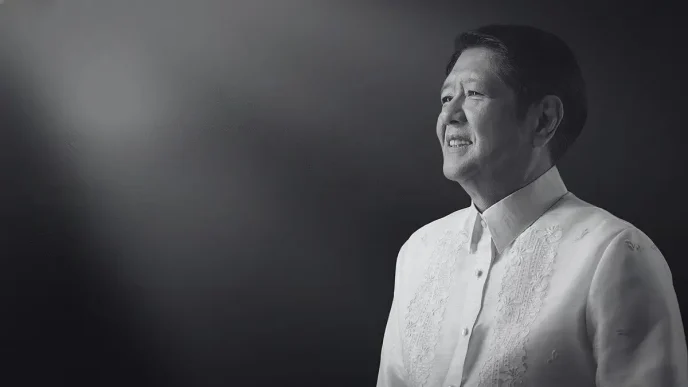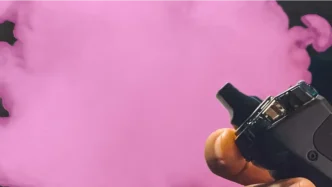In the bustling streets of the Philippines, a humble piece of footwear is stepping into the spotlight. Known locally as Tsinelas, flip-flops have transcended their utilitarian roots to become a powerful symbol of Filipino identity, challenging global fashion norms and Eurocentric ideals. This cultural phenomenon reflects a broader movement of reclaiming national pride through everyday items, resonating deeply with a population eager to assert its unique heritage on the world stage.
A Rejection of Eurocentrism
For decades, Western fashion standards have dominated global perceptions of style, often sidelining traditional or local attire as informal or inferior. In the Philippines, however, a growing wave of cultural confidence is flipping this narrative. Tsinelas, once seen merely as cheap, practical footwear for the tropical climate, are now being celebrated as an emblem of Filipino resilience and simplicity. Worn by people from all walks of life—street vendors, students, and even professionals on casual days—these flip-flops embody a democratic spirit, uniting Filipinos across socioeconomic divides.
This shift is part of a larger pushback against Eurocentrism, where local traditions are being reasserted with pride. Fashion designers and cultural advocates are promoting tsinelas as a statement piece, integrating them into modern outfits and runway shows. Social media campaigns have amplified this trend, with young Filipinos showcasing their personalized flip-flops—often adorned with beads, embroidery, or vibrant patterns—as a form of self-expression. The message is clear: Filipino culture is not just relevant but vital in shaping contemporary global aesthetics.
The Everyday Icon
Tsinelas are more than just footwear; they carry layers of meaning within Filipino society. They are a staple in homes, where removing shoes at the door is a sign of respect, and slipping into a pair of flip-flops signifies comfort and belonging. Beyond the household, they are a practical choice for navigating the country’s often wet and muddy streets during the rainy season. Their affordability also makes them accessible, ensuring that almost every Filipino owns at least one pair.
But their significance goes deeper. Tsinelas are woven into the fabric of Filipino humor and language, with phrases like “Tsinelas ni nanay” (mother’s flip-flops) evoking nostalgic memories of childhood discipline. This cultural shorthand highlights the footwear’s role as a shared touchstone, connecting generations through lived experience. As globalization threatens to homogenize identities, embracing such symbols becomes an act of resistance, a way to preserve what is uniquely Filipino.
Global Recognition and Challenges
The rise of tsinelas as a cultural icon has not gone unnoticed internationally. Some Filipino designers have begun exporting custom-made flip-flops, marketing them as eco-friendly and sustainable alternatives to mass-produced sandals. This aligns with global trends toward ethical fashion, giving tsinelas a foothold in markets beyond Southeast Asia. Yet, challenges remain. Critics argue that commercializing a cultural symbol risks diluting its meaning, turning a deeply personal item into just another commodity.
Moreover, there is a tension between embracing local identity and navigating global perceptions. While Filipinos champion tsinelas as a rejection of Western ideals, some worry that the footwear may still be dismissed as unprofessional or backward in international contexts. Overcoming this stereotype requires a delicate balance—promoting cultural pride without alienating those who associate flip-flops with informality.
A Step Forward for Cultural Identity
The journey of tsinelas from everyday necessity to cultural emblem mirrors the Philippines’ broader struggle for recognition in a world often dominated by Western narratives. By reclaiming and redefining this humble footwear, Filipinos are not just making a fashion statement but asserting their right to define beauty and value on their own terms. This movement underscores a vital truth: culture is not static; it evolves through the choices and creativity of its people.
As tsinelas continue to gain prominence, they invite a question for the future: can other everyday items carry the weight of national identity in a globalized world? For now, each step taken in a pair of flip-flops is a quiet but firm declaration of Filipino pride—a reminder that even the simplest objects can tell the story of a nation.
















